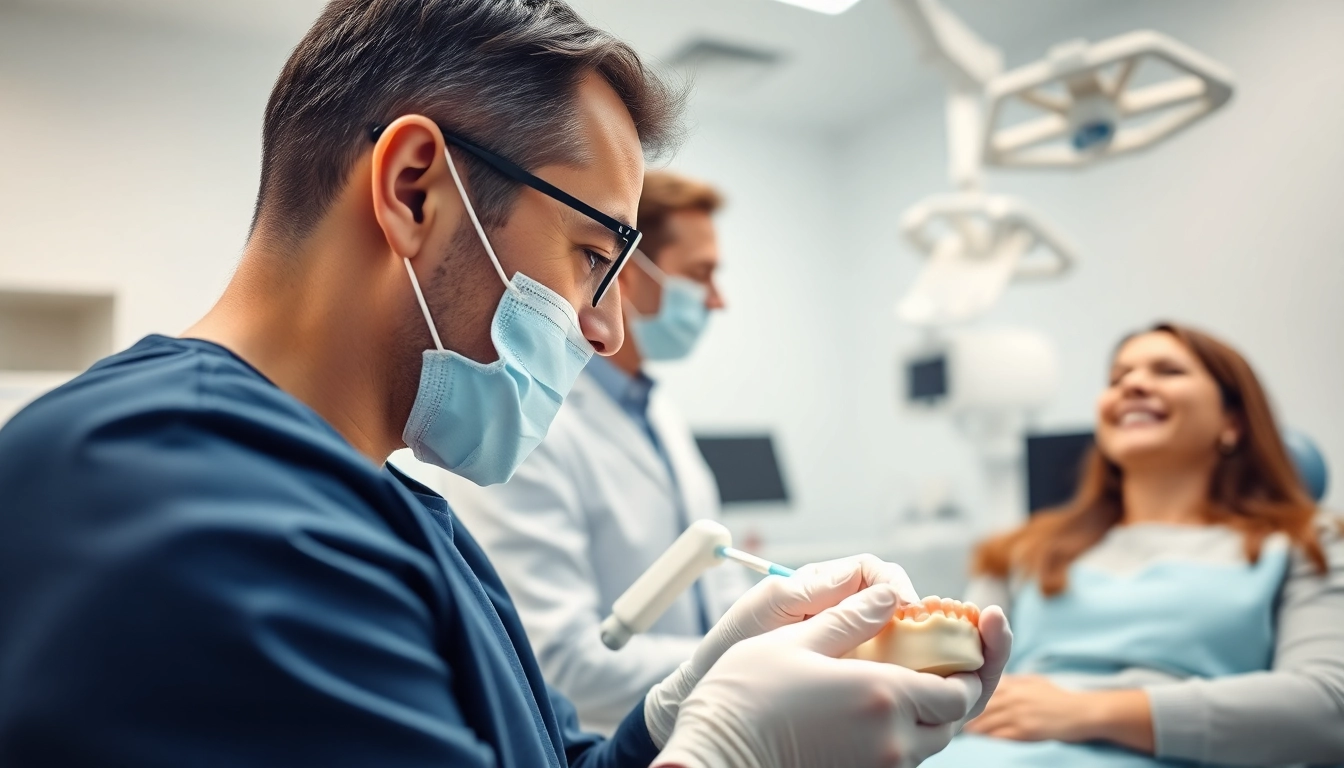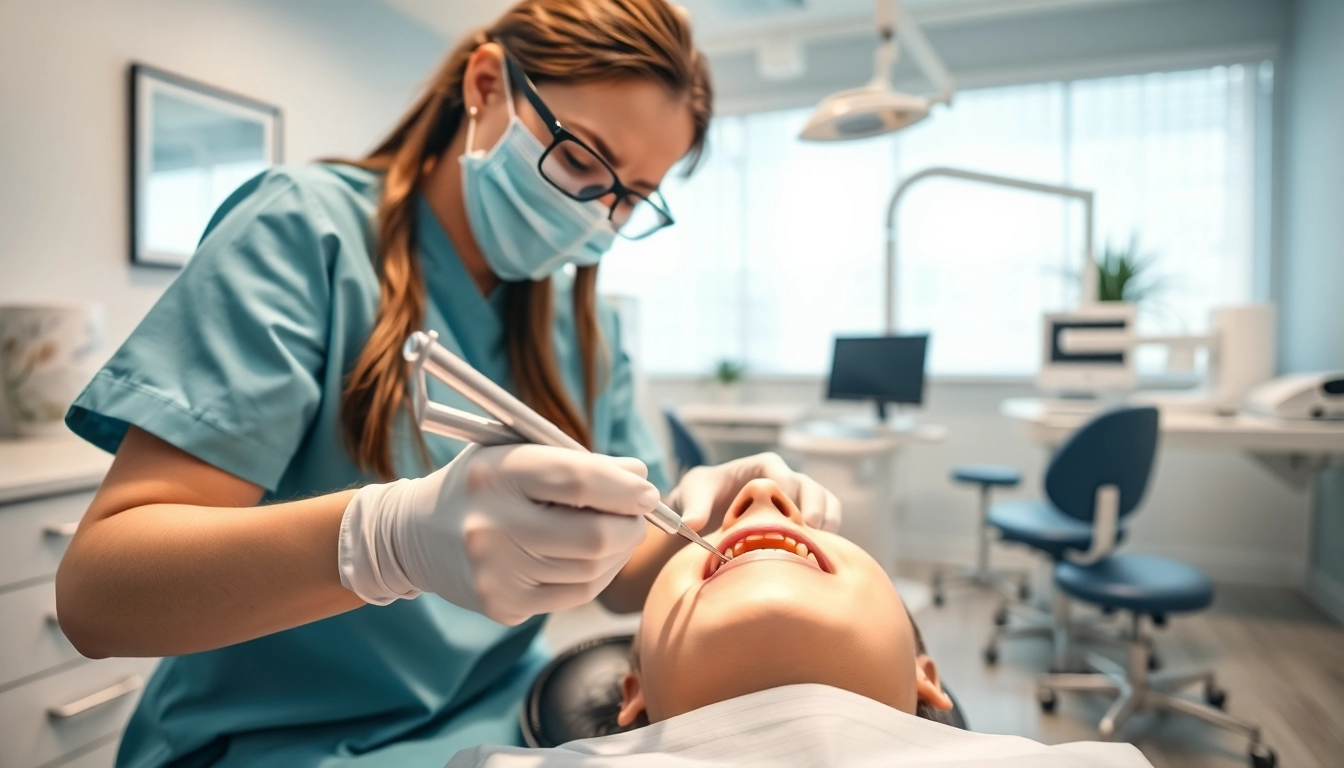Understanding Fat Reduction
What is Fat Reduction?
Fat reduction refers to various methods and treatments aimed at reducing the amount of fat in specific areas of the body. This can be achieved through surgical or non-surgical procedures, lifestyle changes, or a combination of these approaches. Understanding the complexity of fat reduction involves acknowledging body composition fundamentals, namely that fat resides in various parts of the body and can often prove resistant to diet and exercise. Consequently, fat reduction strategies are crucial for individuals seeking to achieve their ideal body shape or maintain healthy weight levels.
While traditional weight loss often focuses on overall body fat reduction, fat reduction techniques can specifically target localized problem areas. By implementing targeted treatments, patients can achieve noticeable results in their desired body regions.
Types of Existing Fat Reduction Treatments
There are numerous fat reduction treatments available today, each employing distinct mechanisms to break down fat cells:
- Surgical Methods: Procedures such as liposuction offer direct fat removal through suction techniques. This option is ideal for those looking for dramatic results in specific areas and is generally suitable for healthy individuals without significant weight problems.
- Non-Surgical Methods: These include cryolipolysis (fat freezing), laser treatments, radiofrequency, and injectable treatments like Kybella. Non-invasive methods allow for reduced downtime and fewer risks compared to surgical alternatives, often producing gradual changes over time.
- Lifestyle Changes: Weight loss through dietary changes and exercise remains the first line of defense in fat reduction. Programs focused on balanced nutritional intake and consistent physical activity can significantly complement clinical treatments.
Benefits and Risks Associated with Fat Reduction
While fat reduction treatments can greatly enhance body confidence and aesthetic appeal, they come with certain benefits and risks. Understanding these factors can help individuals make informed decisions:
- Benefits:
- Enhancement of body contours.
- Reduction of stubborn fat, which may not respond to diet and exercise.
- Improvement in self-esteem and body image.
- Non-surgical options often have little to no downtime, allowing patients to return to their daily activities quickly.
- Risks:
- For surgical procedures, potential complications can include infection, scarring, and anesthesia-related risks.
- Non-invasive treatments can cause temporary bruising, swelling, or discomfort.
- Results may vary and sometimes fall below patient expectations.
Popular Non-Surgical Fat Reduction Methods
Cryolipolysis: Understanding the Freezing Technique
Cryolipolysis, commonly known by the brand name CoolSculpting, uses controlled cooling to freeze and destroy fat cells beneath the skin while sparing the surrounding tissue. The body naturally processes the fat over time, and results can be seen as early as three weeks after treatment, with optimal effects typically appearing within two to four months.
This method is non-invasive, requiring no downtime, and is suitable for various body areas, including the abdomen, thighs, and underarm regions. However, it’s essential for candidates to be at or near their ideal body weight for effective results.
Radiofrequency Lipolysis Explained
Radiofrequency lipolysis is another promising non-surgical fat reduction technique that employs radiofrequency energy to target and heat the fat cells, leading to their breakdown. This method not only effectively helps reduce fat but also promotes skin tightening due to the stimulation of collagen production. Commonly used devices like Vanquish make this a popular choice due to its quick sessions and minimal discomfort.
Results are generally visible after several sessions, and like other non-invasive treatments, radiofrequency lipolysis entails little to no recovery period. However, it’s primarily beneficial for small areas of localized fat.
Laser Lipolysis and Its Advantages
Laser lipolysis, such as the SculpSure treatment, utilizes laser technology to target fat cells by delivering heat. The process disrupts the fat cell membranes, leading to cell death while preserving surrounding tissues. Similar to other methods, the body naturally eliminates these damaged cells over time.
This technique effectively targets areas such as the abdomen, thighs, and love handles, providing tailored results. Patients appreciate the non-invasive nature and swift recovery process, making it an attractive option for many.
Choosing the Right Fat Reduction Procedure
Factors to Consider Before Treatment
When contemplating a fat reduction procedure, several factors must be taken into account:
- Personal Goals: Understanding your aesthetic desires is crucial. Are you looking for a subtle change, or are you after a more dramatic transformation?
- Medical History: Certain health conditions may affect eligibility for specific procedures. A detailed medical history will help professionals devise the best plan.
- Body Composition: Your current weight and fat distribution play a significant role in determining the most effective approach for fat reduction.
Consultation: What to Expect
An initial consultation with a qualified professional is crucial in determining the most suitable fat reduction method for an individual. During this meeting, you can expect:
- An assessment of your body composition and areas of concern.
- Discussion of available treatment options and their respective benefits and risks.
- Personalized recommendations aligned with your goals and medical profile.
Personalization of Fat Reduction Plans
No two patients are alike, and thus, personalization is vital. A fat reduction plan should consider the following points:
- Choice of procedure tailored to problem areas.
- Customization of treatment frequency and duration to optimize results.
- Integration of dietary recommendations and lifestyle changes for comprehensive outcomes.
Cost of Fat Reduction Treatments
Average Costs and Financing Options
The financial implications of fat reduction treatments can vary tremendously based on the type of method chosen. On average, topical treatments may start around $700, whereas surgical options like liposuction can exceed several thousand dollars. Factors influencing the cost include the geographical location of the practice, the professional’s expertise, and the complexity of the procedure.
Most facilities offer financing options to help patients manage expenses effectively, allowing them to prioritize their health and wellness without financial strain.
Insurance Coverage for Fat Reduction Procedures
Insurance companies generally classify fat reduction treatments as cosmetic procedures, thus making coverage unlikely. However, there may be exceptions for certain medical conditions that warrant fat reduction if linked to health issues. Prior consultation with your insurance provider is advisable to understand your policy accurately.
Value for Money: Comparing Treatment Options
Cost is not the only consideration when evaluating treatment options; understanding value is equally important. The longevity of results and the safety profile of each treatment should come into play. For instance, while liposuction may have higher upfront costs, the long-term results might justify the investment when compared to non-surgical options requiring multiple sessions for optimal effect.
Maintaining Results After Fat Reduction
Best Practices for Post-Treatment Care
Ultimately, sustaining the results from fat reduction treatments is dependent on ongoing self-care. After any treatment, patients should adhere to prescribed aftercare protocols, which may include:
- Regular follow-up appointments to monitor progress.
- Implementing a skincare regimen if applicable to enhance results.
- Avoiding high-calorie foods that could counteract the treatment effects.
Nutrition and Exercise Recommendations
It’s imperative to maintain a balanced diet and active lifestyle post-treatment to prolong results. Incorporating whole foods, abundant fruits and vegetables, lean proteins, and healthy fats into your diet can support optimal fat metabolism. Complementing this with regular exercise, including both cardiovascular and strength training, can prevent weight regain and help maintain muscle tone.
Long-term Strategies for Weight Management
To maintain your newly achieved aesthetic, consider implementing sustainable habits such as:
- Regular check-ins with a nutritionist or personal trainer to stay accountable.
- Keeping a food diary to track your eating habits and identify areas for improvement.
- Participating in community activities or fitness groups to foster a supportive environment that promotes healthy lifestyles.















Leave a Reply